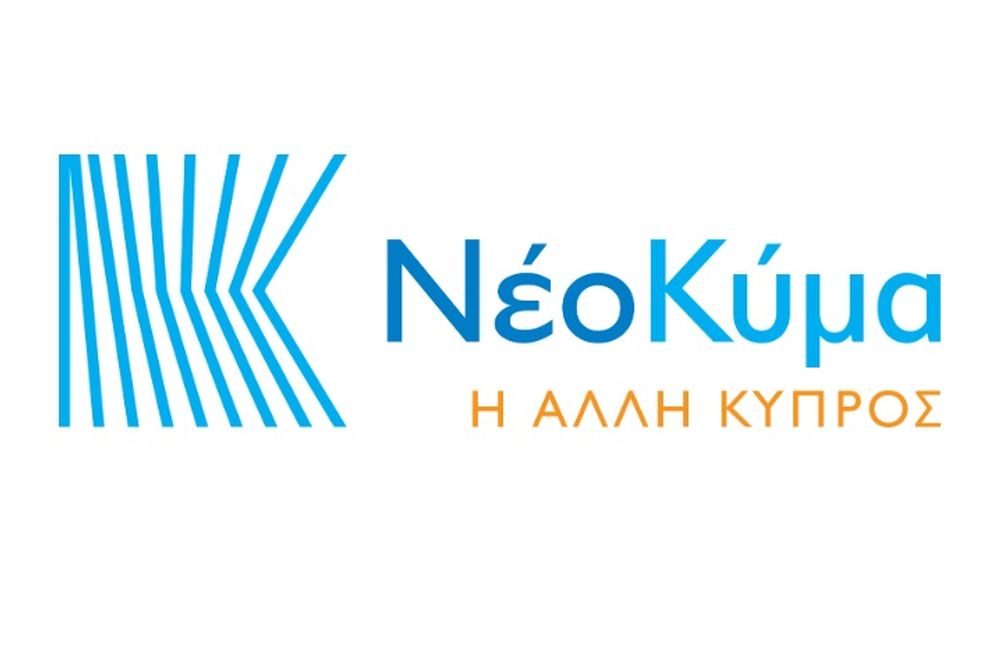By Nicos G. Sykas*
An increase in Delta plus cases leads to more mutations. Similarly, the more ideas Homo sapiens generate the more innovations are created. Both, coronavirus mutations and human innovations: a) result from the combination and recombination of features and b) can be examined using the same basic evaluation criteria: combinatorial power, transmissibility (replicability, transferability, scalability), resilience, agility (speed, adaptability, flexibility), diversification, novelty etc.
Delta plus ‘distinctive innovation capabilities’ are combinatorial power and agility. Homo sapiens unique discovery skills are symbolic thought and metaphorical creativity. In both cases the ultimate goal is diversification for survival.
One trillion different species traffic the planet, and mother nature’s great success boils down to one principle: she proliferates options. The number of species in existence right now represents less than one percent of the total that have attempted their luck. Indeed, some predictions estimate that up to 50 percent of the animals and plants currently alive will be gone by 2100. The same applies in the world of arts, sciences and companies. Most ideas won’t find a foothold in the social terrarium of the moment, making ongoing diversification the only reliably successful strategy. Generating options is a cornerstone of the creative process.
The great danger has always been too much connectivity. Proliferating global networks, both physical and virtual, inevitably incorporate more fat-tail risks into a more interdependent and fragile system: not only risks such as pathogens but also computer viruses, or the hacking of information networks, or reckless budgetary management by financial institutions or state governments, or spectacular acts of terror. Any negative event along these lines can create a rolling, widening collapse –a true black swan– in the same way that the failure of a single transformer can collapse an electricity grid.
Asymmetry is the only game in town. We live in a world of non-linear change, black swans and perfect storms, and still, it seems that we think in a linear mode. It seems that homo sapiens has failed to adapt to today’s fast-changing ecosystem characterized by asymmetries, complexity, fluidity, extreme uncertainty, variability, disorder, hyper-connectivity, interdependencies and systemic risk.
Most business models are almost by necessity designed to predict a stable future. In truth, the real failure is not that businesses used models which failed in this crisis but rather that they did not have fallback plans to manage when the crisis did come. There are a number of reasons for the failures. First, model assumptions and boundaries defined at the design stage were developed in a pre-COVID-19 world. Second, most models draw on historical data, without the access to high-frequency data that would enable recalibration. Finally, while access to the needed alternative data is theoretically possible, models would not be able to integrate the new information in an agile manner, because the systems and infrastructure on which they are built lack the necessary flexibility.
Uncertainty can be measured in magnitude and duration. By both measures, the extreme uncertainty accompanying the public-health and economic damage created by the Covid-19 pandemic is unprecedented in modern memory. Extreme uncertainty – defined in terms of novelty, magnitude, duration, and the rapid pace of change – generates a difficult operating environment for managers and organizations. The radically changed circumstances call for new forms of leadership, new ways of working, and new operating models.
Some risks are outside people’s realm of experience or so remote that no one really could have imagined them. Some result from a perfect storm of coinciding breakdowns, and some materialize very rapidly and on an enormous scale. These novel risks cannot be addressed by following a standard playbook.
Unlike the more familiar and routine risks a company faces, novel risks are difficult to quantify in terms of likelihood or impact. They arise in one of three situations:
a) The triggering event is outside the risk bearer’s realm of imagination or experience or happens somewhere far away. These kinds of events are sometimes labeled black swans, but they’re not inherently unpredictable.
b) Multiple routine breakdowns combine to trigger a major failure. Large, interconnected technologies, systems, and organizations can lead to a situation in which a number of events, each manageable in isolation, coincide to create a ‘perfect storm’.
c) The risk materializes very rapidly and on an enormous scale, as in the Covid-19 pandemic. The world was already familiar with managing global outbreaks of viruses that cause acute respiratory symptoms, including the SARS epidemic in 2003, H5N1 ‘avian’ flu in 2004 to 2006 and H1N1 in 2009. The CoV-2 coronavirus, despite being a variant of SARS, was novel because people it infected were both asymptomatic and contagious for an extended period, spreading it much farther and faster than most national health care systems had planned for.
Humanity might be close to a worst-case scenario. What if current vaccines do not offer adequate protection against a more dangerous variant that might be caused by the exponential growth of Delta plus infections?
Antifragile is the antidote to black swans. Antifragile systems love randomness and uncertainty; going beyond resilience or robustness, they get stronger with stress and volatility by minimizing exposure and harm from negative black swans (unfavorable asymmetries) and maximizing exposure and benefit from positive black swans (favorable asymmetries). The first step is the detection and removal of any fragilities (vulnerabilities) and the elimination of the risk of ruin. Positive black swans (opportunities) also have a necessary first step: you need to be exposed to them.
‘And we can almost always detect antifragility (and fragility) using a simple test of asymmetry: anything that has more upside than downside from random events (or certain shocks) is antifragile; the reverse is fragile’ – Nassim Taleb.
*Nicos G. Sykas is Strategy, Communication and Innovation Consultant.

